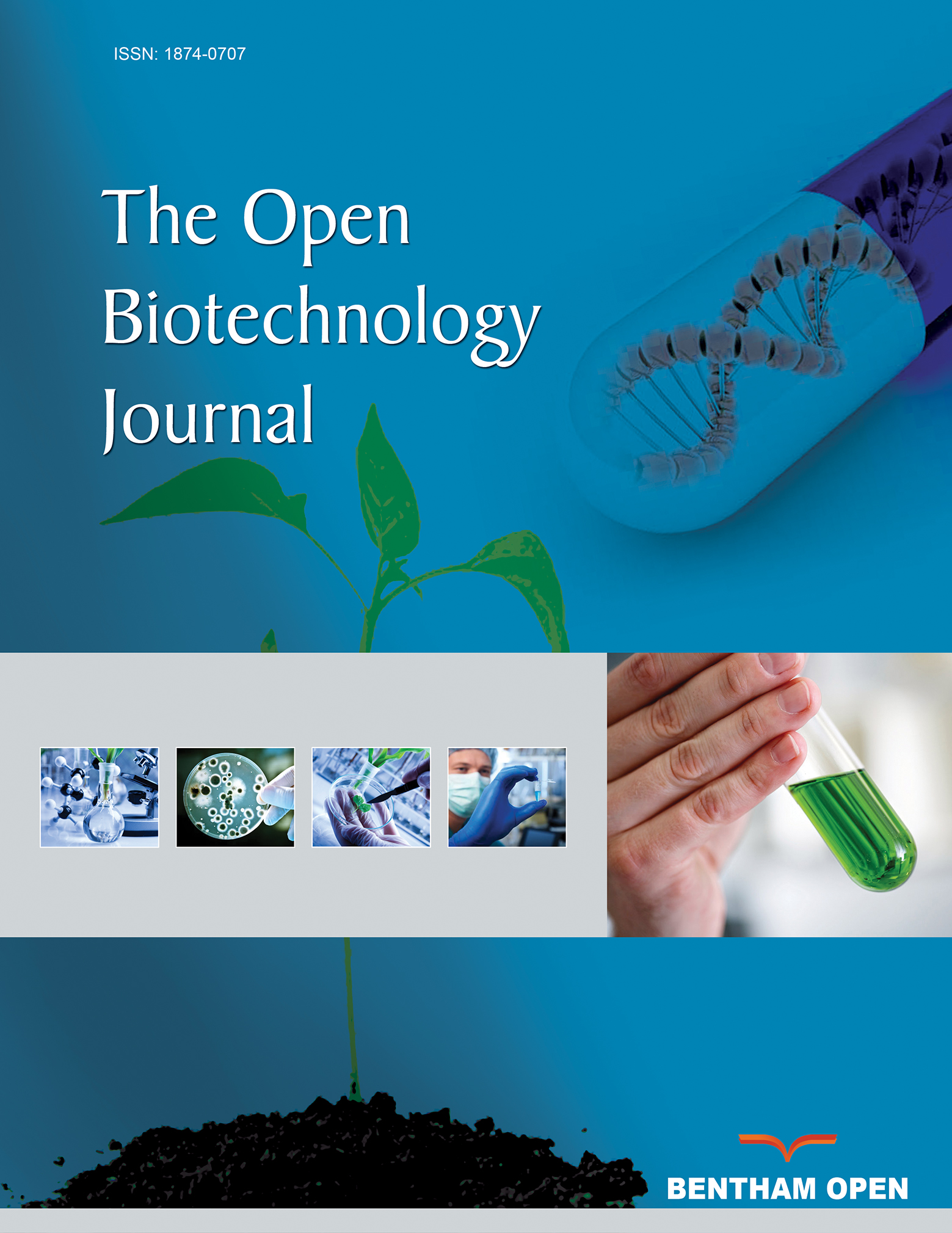All published articles of this journal are available on ScienceDirect.
Antimicrobials Misuse/Overuse: Adverse Effect, Mechanism, Challenges and Strategies to Combat Resistance
Abstract
Overuse and misuse of antibiotics are the first risk factors for the development of antibiotics resistance. Inadequate professional competence of health care physicians might worsen the complications associated with antibiotics resistance. Antibiotic resistance is a global issue; however, the epicenter of this misfortune is Asian regions due to the easy accessibility of the strongest antibiotics without prescriptions or diagnoses. High effectiveness and easy accessibility of antibiotics lead to overuse/misuse and encouraging bacteria to develop the resistance. The over-usage and mis-usage of antibiotics are antibiotic abuse, which increase the potentially serious impact on human health. Bestowing to WHO guidelines, the resistance has led to spread worldwide and classifying resistance is a serious health problem. Furthermore, resistance claims uncertainty to predict the future. This review summarizes the major antibiotics involved in drug resistance, mechanism, prescribed dosage with a disease condition, proposed policies and guidelines to combat antibiotic resistance associated problems.


